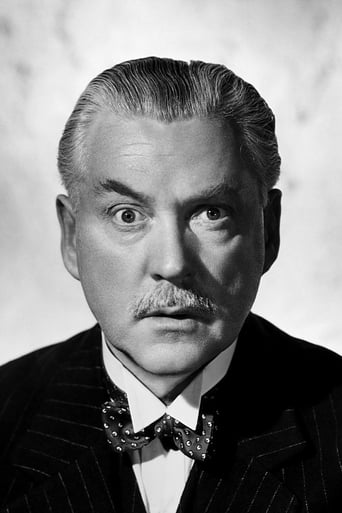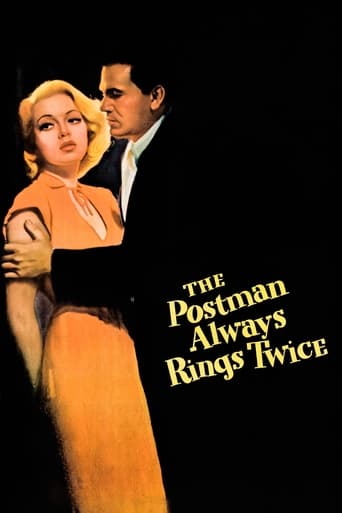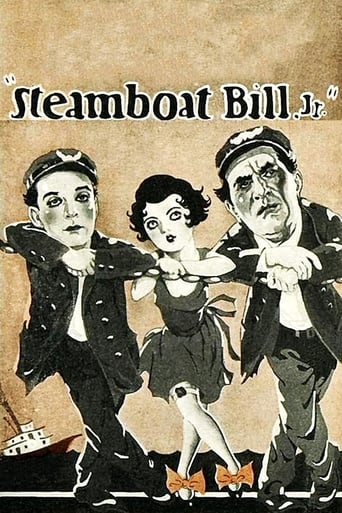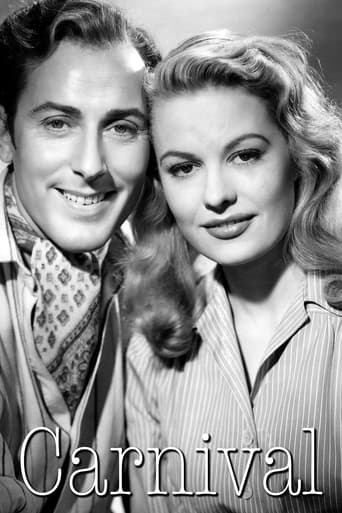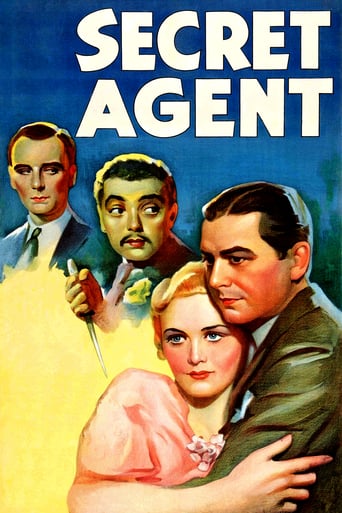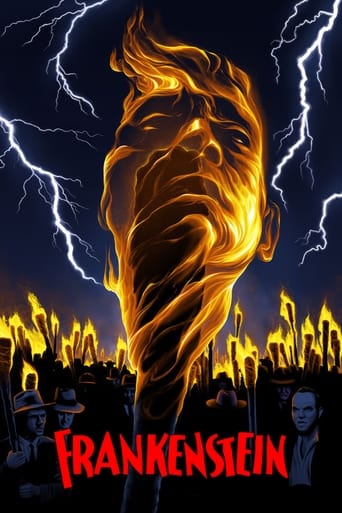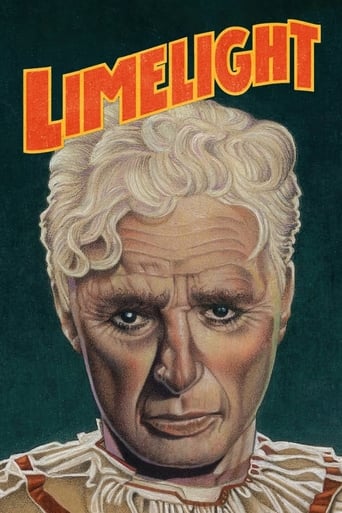
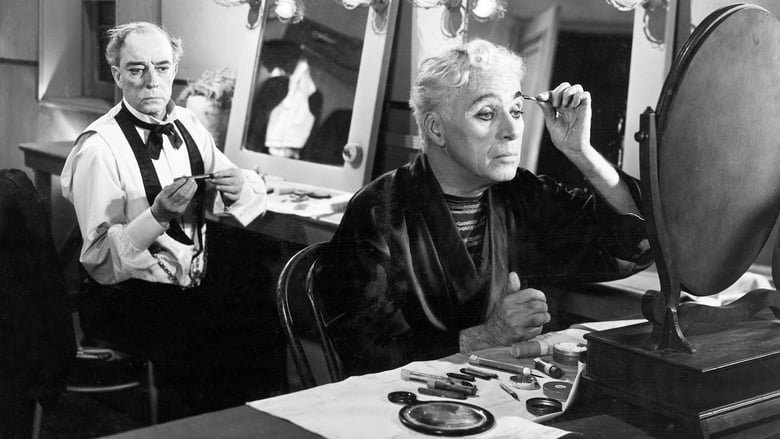
Limelight (1952)
A fading music hall comedian tries to help a despondent ballet dancer learn to walk and to again feel confident about life.
Watch Trailer
Cast


Similar titles
Reviews
A giant of silent cinema, Charles Chaplin was a skilled director, as well. Chaplin's prolific film career included his 1952 feature Limelight. Starring in the film, as well as writing and directing it, Chaplin also elicited the help of Buster Keaton to tell his story of a comedian at the end of his career helping to council his suicidal neighbor and fledgling ballerina. The kinship developed between the two was mutually beneficial, as they both struggled to find meaning in their lives. One performer at the end of his career, another at the beginning--yet crippled by self-doubt, the two forge a bond that becomes just as necessary for one as it does the other.Living in London in 1914, Calvero (Charles Chaplin) lives in the shadow2 of his former self. He was once an extremely successful stage clown but was now experiencing problems filling concert halls. Turning to alcohol to drown his woes, he stumbles home one day to smell gas in the hallway. Upon further investigation, he realizes the smell is coming from within his downstairs neighbor, Thereza's (Claire Bloom) apartment. He breaks the door in to save her, taking her upstairs to his apartment so he can call a doctor. After she awakes, she becomes angry with Calvero revealing that she was intending on ending her life, distraught that she foiled her plan. Calvero takes it upon himself to try to show Thereza the endless gifts that life has to offer. In order to ease her burden, Calvero opens his home to Thereza for as long as she wishes to stay. This union works well for both involved because Thereza doesn't have to struggle in silence battling her demons, and Calvero feels a usefulness that he had lost. Creating an incredible bridge of emotional support for each other, Calvero is having some success in reviving his career, and Thereza is being discovered for her own talents. Perhaps the greatest blessing between the two, however, comes from Calvero imparting his wisdom in regards to love, especially when a former admirer reemerges in Thereza's life.The story of the sunsets and sunrises of life will always be interesting and engaging, because no matter who you are you have experienced one or both of these, or will be experiencing these aspects of life. Chaplin paints a beautiful picture of a man who has the best years of his life in the past, and can't find much use for himself in the changing world. When someone like this finds a wounded dove in another person, a performer like them who they can cultivate and build confidence in their art, they will gravitate towards them in hopes of feeling useful again. The only negative side is that the dove will one day be healed and embark from the nest, leaving behind the same sense of uselessness. At points throughout Limelight, Chaplin became a little overt in his message in places where subtlety would have been better suited. From about the halfway point on, pacing suffered a bit lagging on a bit for my liking. I wonder if it wasn't too much to put in the subplot of the long-ago admirer. The film was beautiful without the romantic subplot and perhaps would have been better without it. The ending was especially problematic and its execution was not a proper payoff to the investment given by the audience. The film techniques, especially the camera movement were lovely, and a nice homage to some silent film techniques, making Limelight a joy to watch despite its flaws.
Bosley Crowther, the New York Times's movie critic at the time of this movie's release, concluded his review with the words "'Limelight' is a very moving film." To my surprise, I agree with him. Although as it was chugging along, I thought it was often verbose, sluggishly paced, only fitfully amusing, and heavy on philosophising, when its famous theme swelled up in the orchestra for the final scene, I burst into tears. It was evident that Chaplin's tale of age giving way to youth had been quietly working on my feelings. You've got to hand it to the guy: after a lifetime making movies, he knew what he was about.One of LIMELIGHT's most fascinating aspects is Chaplin's take on audiences. We see his hero, the vaudevillian Calvero, play his old act twice: first, in a half-empty, emptying theatre; second, before an enthusiastic packed house. The act, though, is the same: there's no sense of a difference between the way Chaplin/Calvero plays it the first time and the second. The early audience decides it doesn't like it, the later audience decides it does. Such haphazard behaviour would be enough to wear anyone down in any relationship. Chaplin powerfully conveys the emotional cost of being at the receiving end of the public's whims.At the opposite stage of her life is Theresa, a young ballet dancer, whose confidence has left her. Even as the flame of Calvero's own self-respect flickers, he is able to ignite Theresa's. The role was a huge break for Claire Bloom, not an actress for whom I have great admiration, but she does OK here, with youth on her side. Elsewhere, there are such delights as Majorie Bennett, Buster Keaton, and Chaplin's own beautiful score.I don't know whether, when all's said and done, it's a masterpiece or not, and maybe it's helpful to be an old person like me to get the best out of it, but, once seen, it's unforgettable.
A masterpiece certainly. Theatrical rather than sentimental. It does after all deal with people of the theatre and their heightened emotional reactions. There are though some quite serious limitations. First and perhaps least important, the chronology is wrong. We are told the film starts in the summer of 1914. We are helpfully shown a news placard about impending war. Yet after that the only uniform we see is an American uniform on the young composer. We seem to be looking at a mirror image of what was in reality a still neutral America (perhaps with the occasional British uniform to be seen).More serious, it is a complete mystery that Calvero should finally be a popular success once again. In fact his earlier failure at the Middlesex Theatre is also inexplicable. Calvero's performance is perfectly OK. Was Chaplin reluctant to put on a poor musical hall performance, even for the sake of a context?Finally the film may be famous as the one occasion where Chaplin performed with Keaton. The scene seems to me remarkably unfunny.
. . . as the American Legion watched some old footage of Hitler's pep rallies, and launched a nationwide boycott of LIMELIGHT. Apparently these legionnaires were not bright enough to realize that Charles Chaplin was SPOOFING Hitler when he made his GREAT DICTATOR flick, and they believed Chaplin WAS Hitler! If it wasn't for the war profiteer types (mostly the father\grandpa of two later U.S. presidents--who said crime doesn't pay?) who made a bundle selling Hitler the diesel fuel additive necessary for the Blitzkrieg to work, there would have been millions fewer legionnaires around in the 1950s, as WWII most likely would not have occurred, and the six million Jews gassed would have thrived to the point of quadrupling today's population level for their group. Charles Chaplin was a lonely voice in a wilderness of war profiteers gunning for battle when he spoofed Hitler before the war. The brave young boys--America's best and brightest--got slaughtered off during the subsequent conflict, and the worst and the dullest who survived became easily manipulated legionnaires goaded by the goons Ike christened the "Military\Industrial Complex" into persecuting the man who could have saved their comrades with his timely warning. But what else could you expect, from the sort of righteous folks who did in Jesus, too!




